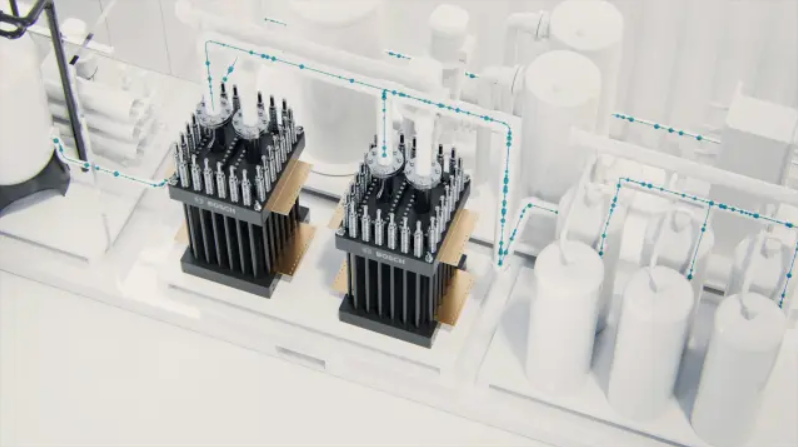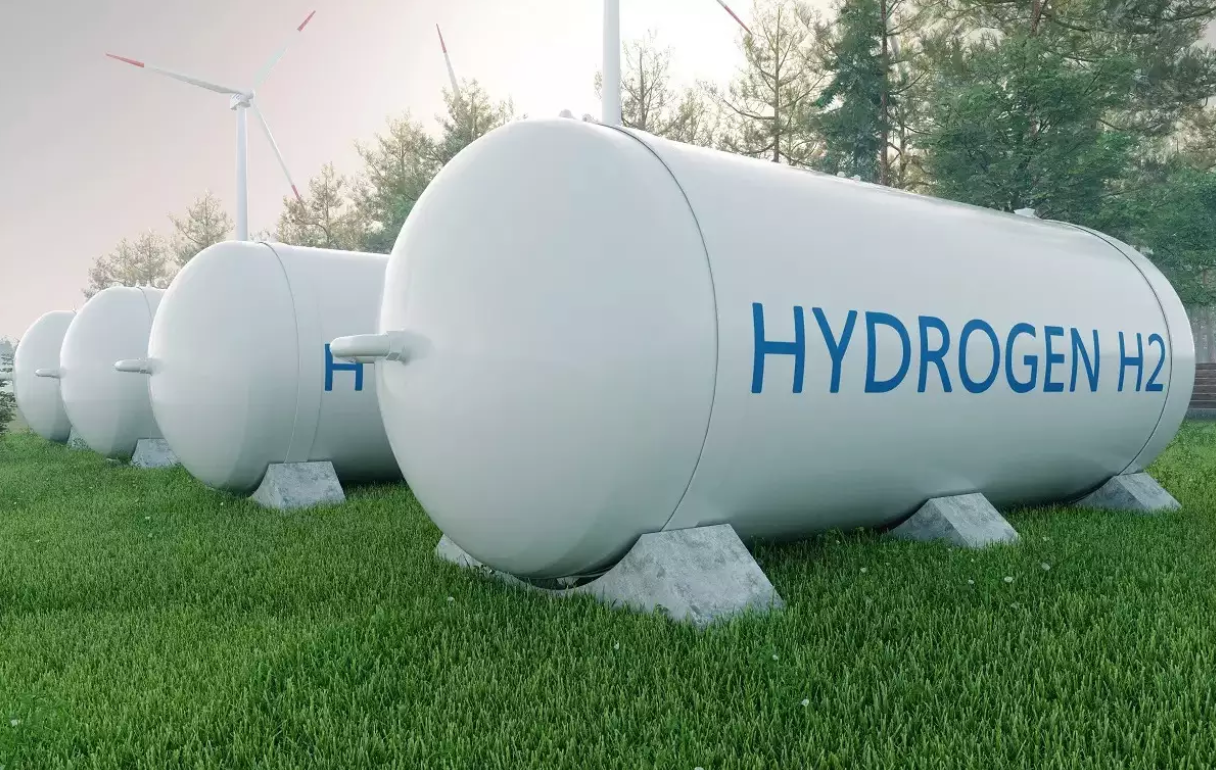Proton Exchange Membrane (PEM) Technology
Proton Exchange Membrane (PEM) electrolyzers are cutting-edge devices that utilize an electrolytic process to split water into hydrogen and oxygen gases. Using a proton exchange membrane as an electrolyte, these systems efficiently transform water into clean, high-purity hydrogen fuel, making them a cornerstone technology for a sustainable energy future.
PEM electrolyzers are known for their high energy efficiency, fast response times, ability to operate at low temperatures, and versatile deployment across applications. With their smaller footprints and modular designs, PEM electrolyzers are ideal for hydrogen production and energy storage in both industrial and renewable energy sectors.

Key Features of PEM Electrolyzers
- High energy efficiency and fast dynamic response.
- Self-pressurized hydrogen gas up to 30 bar (without compression).
- Scalable production from 250 Nm³/h to 1000 Nm³/h with modular designs.
- High hydrogen purity, meeting industrial and renewable energy needs.
- Smaller footprints for easy installation and deployment.
- Standardized systems simplify authority approvals.
Advantages of PEM Electrolyzers
| Advantage | Description |
|---|---|
| High Efficiency | Produces high-purity hydrogen with minimal energy loss. |
| Cold Start | Fast cold start-up for dynamic energy environments. |
| Compact Design | Smaller footprints enable quick placement and setup. |
| Low Maintenance | Operates with water alone, eliminating the need for lye circulation. |
Example Use Case
An example of a PEM system is a 2 x 2.5 MW plant capable of producing up to 1000 Nm³/h of hydrogen. These plug-and-play modular systems are designed for scalability, offering flexibility to meet growing energy demands while maintaining high efficiency and operational reliability.

Greater Good
PEM electrolyzers represent a significant step forward in hydrogen production technology. With their ability to operate efficiently, scale easily, and meet diverse application requirements, PEM systems are poised to play a pivotal role in achieving a clean energy future.
